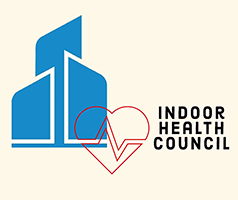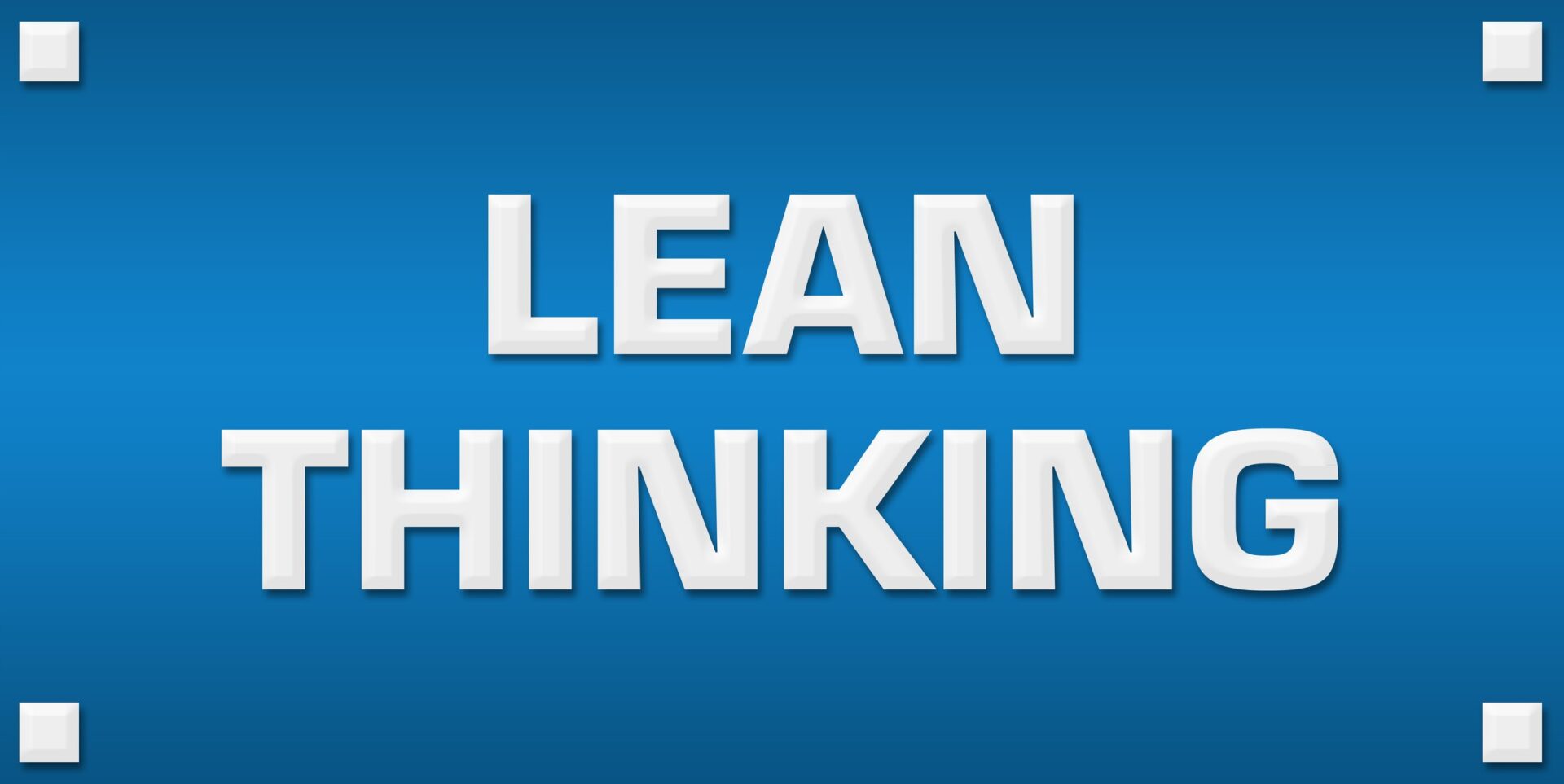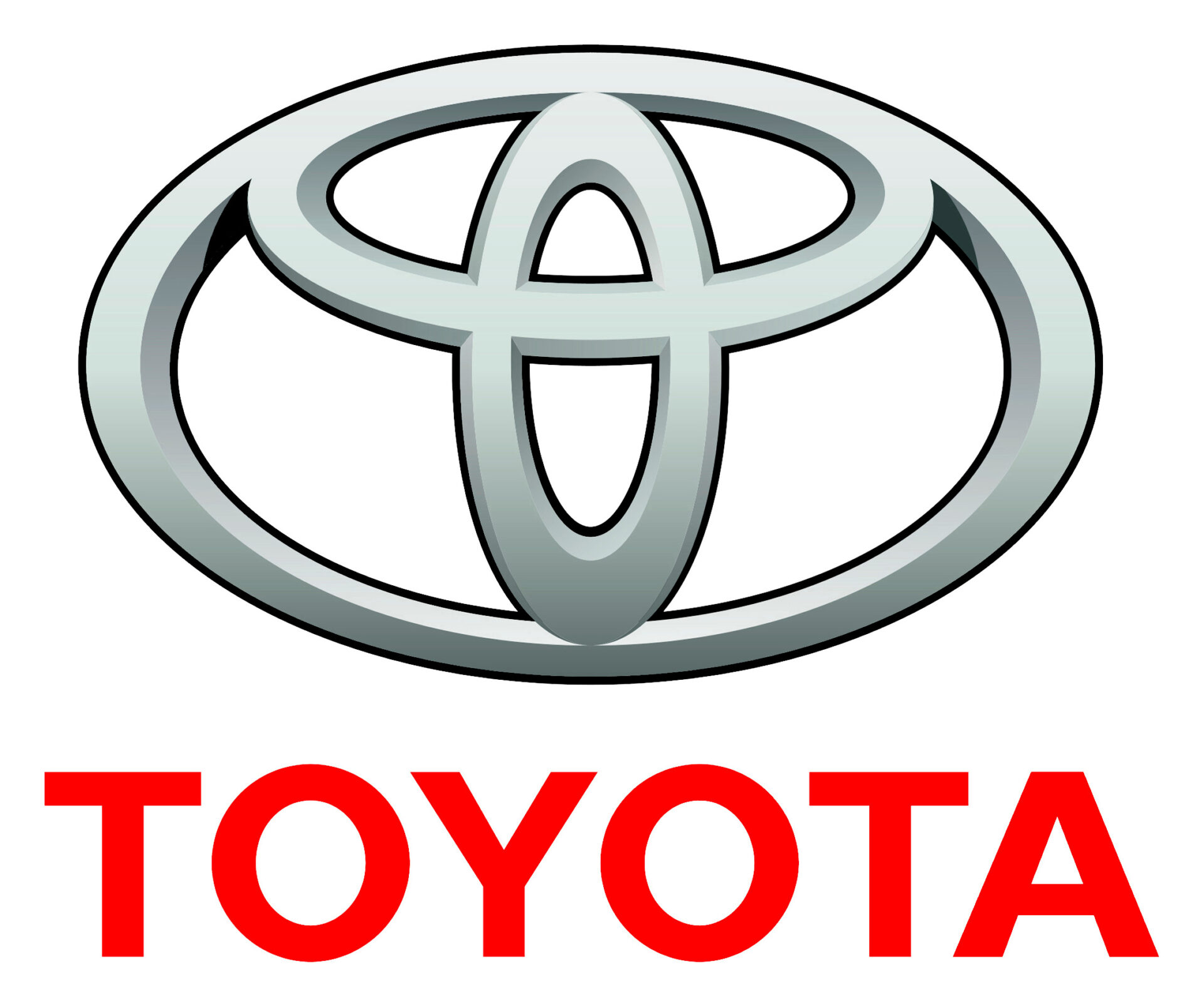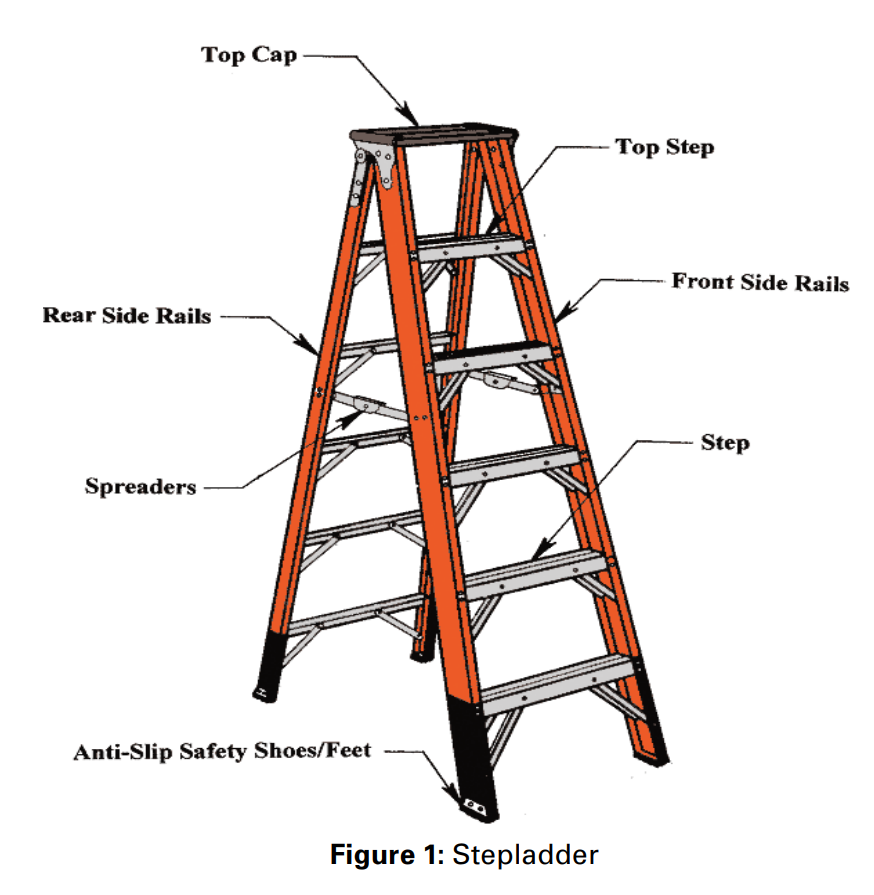IoT and Commercial Cleaning for Health
Through the Internet of Things (IoT), the cleaning industry has an opportunity to support public health during a time of infectious illness and pandemic.
Already:
- Waste and recycling receptacles can monitor usage and fill levels.
- Smart hand soap and towel dispensers can notify staff when in need of refilling, and track usage for planning purposes.
- Some scrubbing machines have location, fill-level, usage, and performance sensors to better manage operations.
IoT has even greater promise:
- Sensors linked to staff mobile devices could help focus efforts in high-traffic areas for remedial steps by counting the number of people who enter elevators, push buttons, use stairs or escalators, or enter restrooms;
- Sensors could determine when fixtures activate, and detect urine on restroom surfaces.
“Sensors with specific tolerance settings could report the need to deep clean certain restrooms,” said IoT expert Dr. Jacqui Taylor, a member of the Indoor Health Council advisory.
“IoT sensors can help detect infectious areas, monitor isolation zones where COVID-19 is known to be present, and create COVID-19 safe spaces,” she notes. Focusing hygiene in these areas will reduce risk of infection through “cleaning intelligence”.
Sensors that detect airborne dust and hazardous bacterial, viral or other pollutants can prioritize cleaning and ventilation. As-needed cleaning and disinfection based on space usage and soiling saves money and protects occupants.
Per Yasser Arif, a Senior Network Automation Engineer for Skills Building Training:
“The commercial cleaning industry has long relied on traditional cleaning tools and methods to clean and sanitize indoor spaces. However, with the advent of IoT, there is an opportunity for the industry to adopt new tools and methods to improve the health of indoor spaces.”




